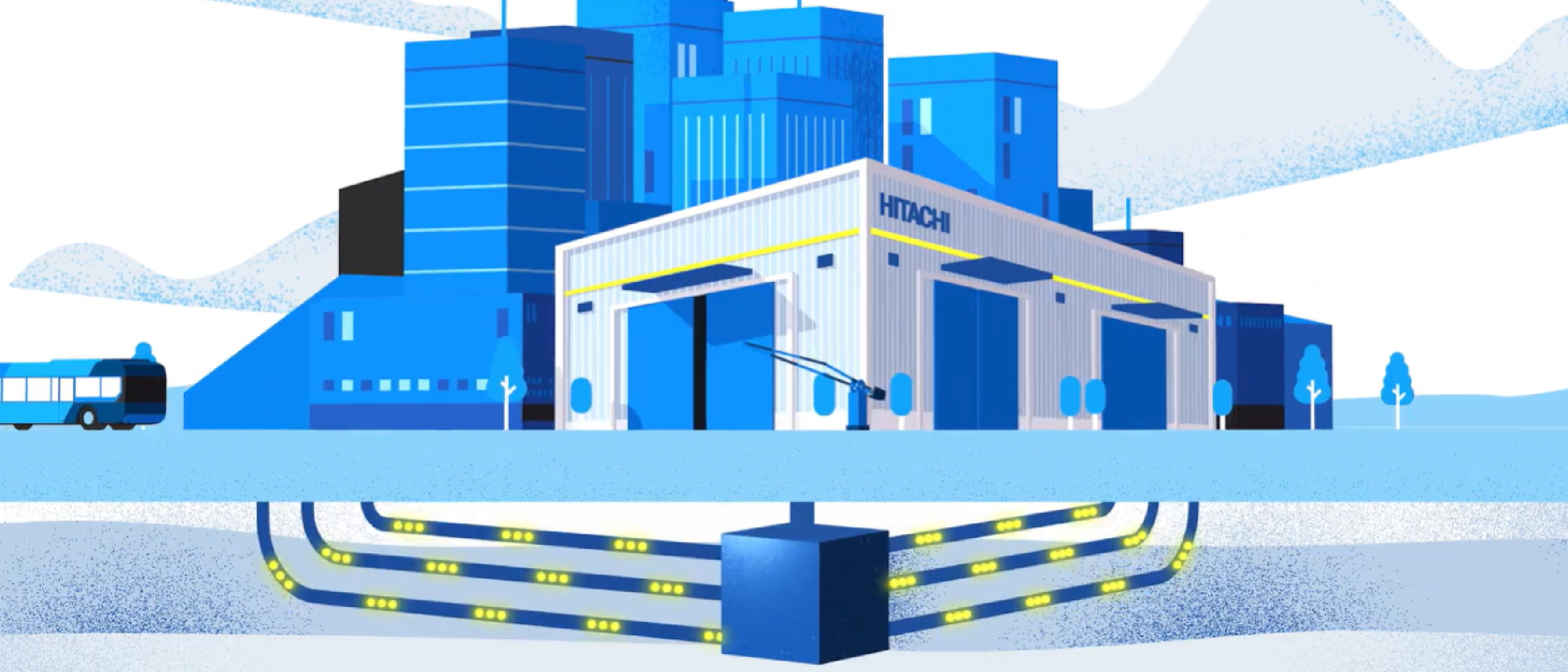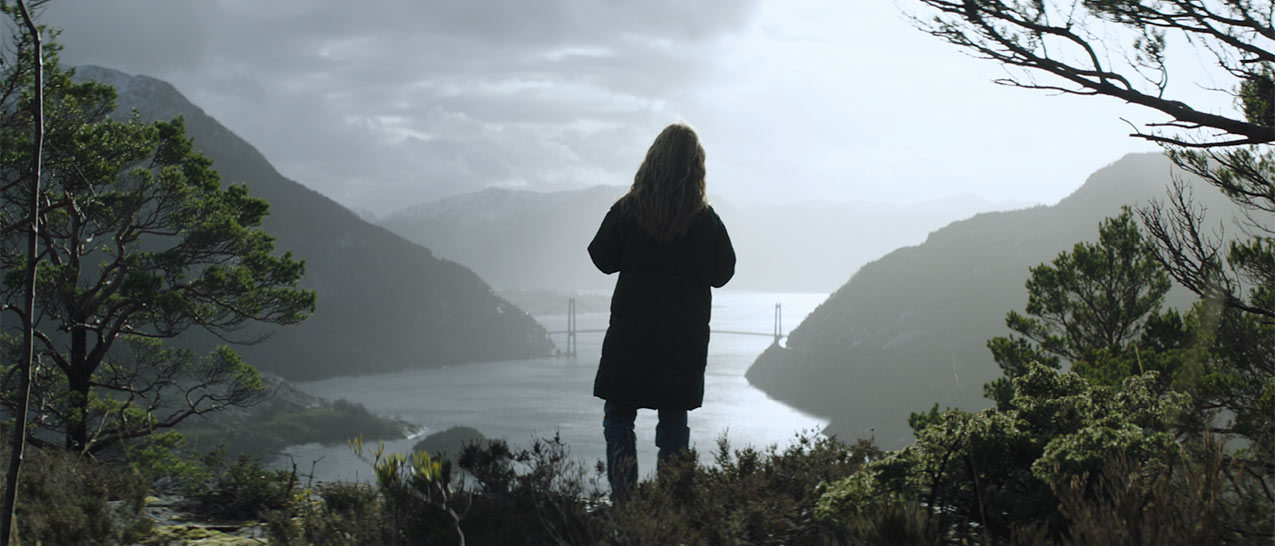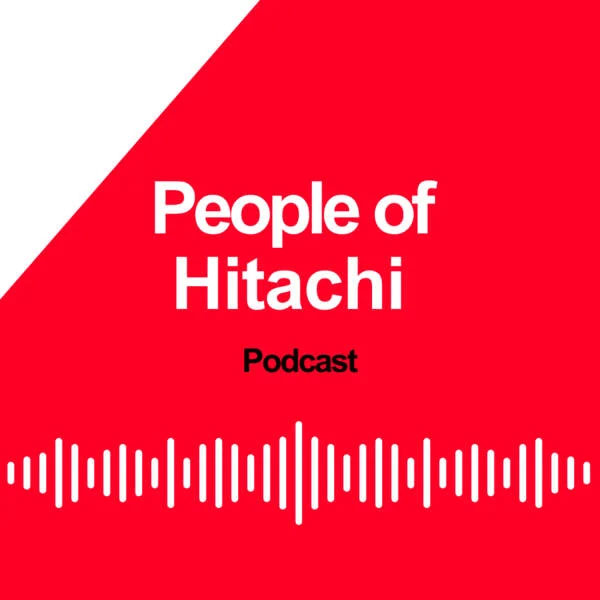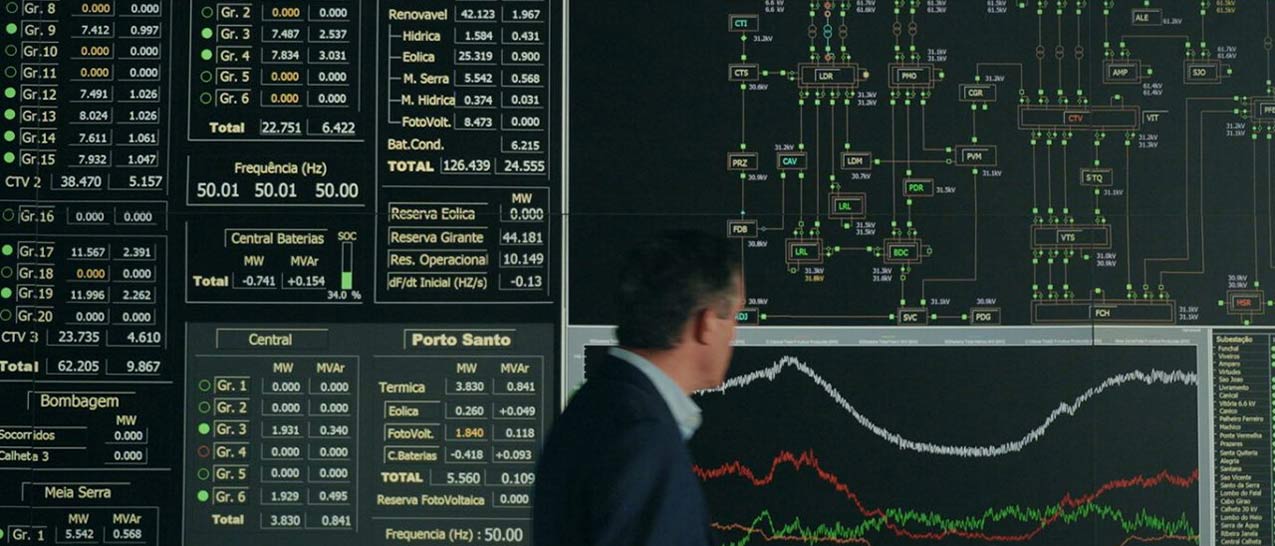

Four Big Questions With Sandrine Herbert Razafinjato
In the latest in our series of interviews for our Hitachi Possible campaign, we get the inside track from Sandrine Herbert-Razafinjato. Sandrine is Design Principal, Head of Sustainability at Method, a strategic design and engineering consultancy with a focus on transformation and sustainability challenges. Method is part of GlobalLogic, a Hitachi Group company, and Sandrine specialises in experience design, strategy and innovation.
"The challenge around sustainable design is fascinating every day."
Sandrine Herbert-Razafinjato
Design Principal, Head of Sustainability, Method

How does sustainable design play a role in helping achieve net zero?
Firstly, it's about really understanding how to evolve our processes and our everyday life in order for it to be greener - this is where design and technology can really play a role in the form of "Green by IT".
We have a great opportunity to use technology and innovation to help reduce the (carbon) impact of specific industry sectors - for example, consider car pollution and the strides we're making towards electrification. Typically, design helps translate company commitments into action and our job today is to bring more circularity to the entire value chain - from product owner to supplier, from employee to end-user.
Secondly, as digital transformation continues to gather pace, we are firmly focused on "Green in IT" - how do we implement digital solutions in a way that doesn't create more pollution or require huge amounts of energy or data storage? This is where we are pushing our responsible design offering - by this we mean creating products or services that are sustainable. And by sustainable we mean achieving balanced social, environmental and economic development, now and in the future. Our ambition is to help digital product owners and teams efficiently optimise their digital solutions and use less energy and resources to deliver the maximum value for the minimum cost.
We are helping to nudge new behaviours, new products and new processes and help make design more human and more circular.
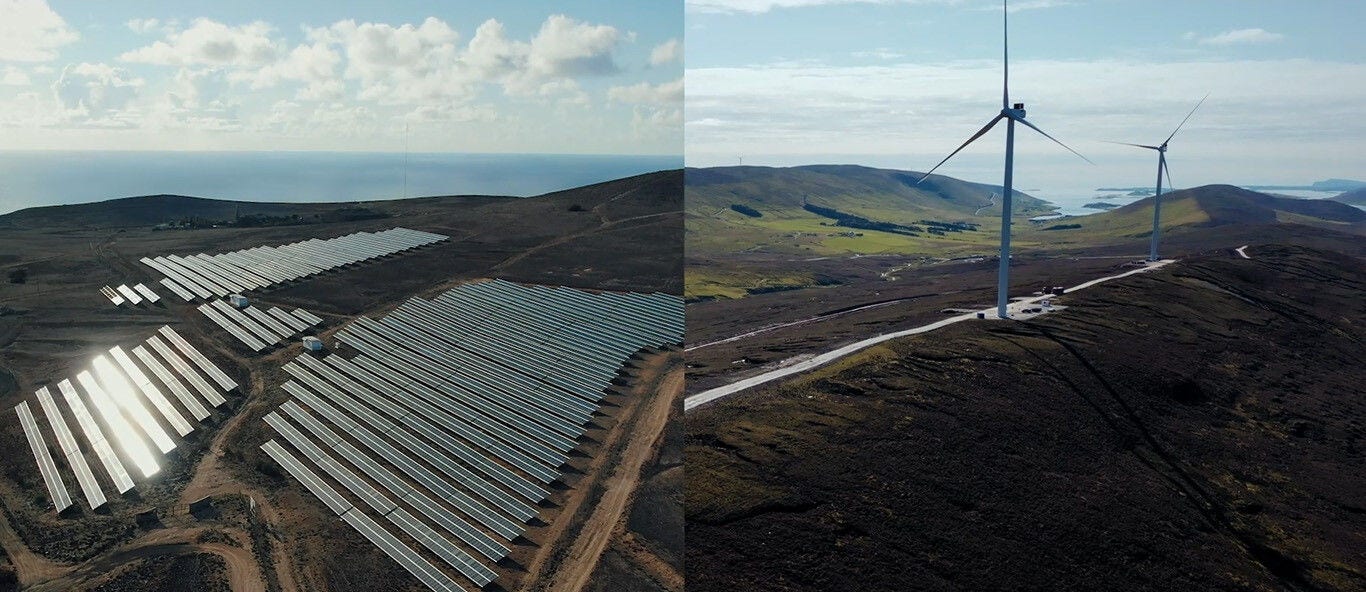
Please can you highlight any products and/or experiences you are particularly proud to have been involved in?
The challenge around sustainable design is fascinating every day. So, for example, we recently worked on a project with a major airport - as a transportation hub, as you'd expect, they have sustainability targets and one of them is around waste to landfill reduction.
Our job is to help them change behaviours to encourage travellers in transit through the airport to think differently about waste and litter disposal - this includes how people navigate the space, how the information is displayed and the little signifiers that make people start to think differently. There is a clear and direct correlation between the way the information is displayed in the space, the way people navigate the space and their actual behaviour and it's inspiring to be right at the heart of this. These small changes can make a huge difference.
Another recent project was in the energy sector where we've created a digital tool for one of our clients which has led to an almost 60% reduction of their trucks on the road. This new tool digitises the process of quoting for residential gas installations which means that this no longer needs to happen on site. Almost immediately it started to reduce operational costs and have a positive impact on the environment. So, it's good for the pocket and good for the planet too.
At Method we are increasingly collaborating with our Hitachi partners on this type of work, digitising customer service or maintenance processes which negate the need for a physical presence. It's intense, it's fast-paced and it's very stimulating.
In 2050, what will sustainable design look like and what role will it be playing in helping us reach net zero?
First of all, I hope that implicitly design will just be sustainable. I think if you go back through the history of product design and industrial design, one of the key principles of good design is that it is environmentally friendly. Sometimes people can forget this when it comes to digital because it's not something where you can always see its impact in the way you can with more traditional design.
Today, design needs to be people-centric and planet-centric. In the way that customer-centricity has become the norm, I hope that by 2050 - and sooner - customer-centricity will by definition also mean environmentally friendly.
I'm curious to look into the future because today we are evolving so fast - from the development of generative AI and new techniques to calculate and measure the impact of digital solutions, to our broader approach to circularity and how we support the United Nations Sustainable Development Goals.
How is all this going to look in 2050? I'm excited and optimistic to see that. New job titles, new thinking, new horizons. But I really hope that our focus will be less on the objects themselves and more on managing relationships and building better connections between them - I'd like to see us move away from take, make and discard and instead work together to truly embrace circularity.
How does it feel to be a part of the sustainability journey?
It's extremely motivating and stimulating. As designers, we are always looking for the next frontier of innovation and helping shape the world for the better. I've been working in design since 2002 and have strong memories of key moments such as when phones started to have cameras and Web 2.0 emerged.
But today we have a much bigger opportunity than that - digital transformation means we need to reassess how we move, how we eat, how we work, how we sleep, how we communicate. And do all of this without damaging the planet any further. The possibilities are endless and it's an incredible time to work in design.
It's inspiring to work with the Hitachi family and to be in such close contact with clients right across industry, energy and transportation. But perhaps most of all, it's humbling because you start to really get under the skin of all the infrastructure that we as humans use every day - as designers we're right at the heart of this transformational change and what could be better than trying to find the answers to some of society's biggest real-life challenges? I'm looking forward to seeing what's possible for the future.




